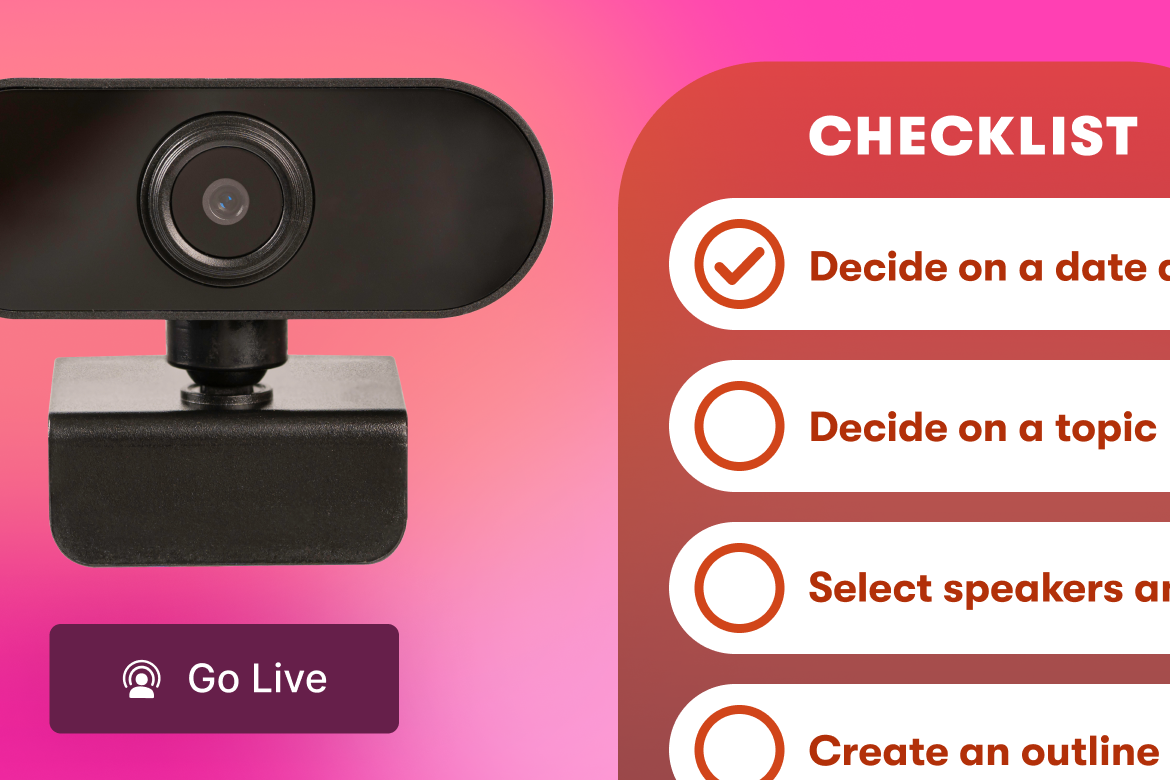What Is Focal Length?
Can you see us now? Good! Now that we’re in focus, let’s dive into focal length and how your lenses affect your shot.
February 16, 2023
Topic tags
What is focal length?
Focal length is the main optical property of a camera lens. It’s displayed in millimeters and by a number that looks like this: 35mm, 50mm, or 100mm. Lenses are named by these numbers and used when refferencing different types of lenses.
Essentially, focal length is the angle of view, or how much of the scene will be captured and the magnification of the image. The longer the focal length, or the higher the mm of the lens, the narrower the angle of view is and the higher the magnification of the image. The shorter the focal length, or the lower the mm of the lens, the wider the angle of view and the lower the magnification of the image.
Which focal length is the human eye?
The commonly accepted focal length of our eyes is around 22mm-24mm. Our visual attention is about 55 degrees wide. So, on a 35mm full frame DSLR, this gives you a 43mm lens. This focal length provides exactly the same viewing angle as a human eye.This is why many photographers and cinematorgraphers find a 50 mm lens pleasing for quality video production, because it is very close to our own eyes.
What does 24mm mean on a lens?
A single number, like 24mm, on a lens represents a prime or fixed lens. This means the lens isn’t capable of zooming. A 24mm prime lens is made for only a 24mm focal length. If you want a range of focal lengths, you could use a different lens, like a 24–70mm zoom lens, which gives you the ability to change your focal length in the range of 24mm to 70mm.
What’s the difference between a wide angle lens and a telephoto lens?
The main difference is that a wide angle lens has a short focal length and a telephoto lens has a long focal length. Here’s more on that:
Wide angle lens
A wide angle lens is any lens that has a short focal length: shorter than 24mm. So, lenses from 14mm-24mm are considered wide angle lenses.
Telephoto lens
A telephoto lens generally has a focal length of 60mm or longer. This goes for both prime and zoom lenses. You can have a telephoto prime lens, and a telephoto zoom lens.
What’s the difference between a zoom lens and a prime lens?
The main difference is that a zoom lens has a variable focal length while a prime lens has a fixed focal length. Here’s more on the differences:
Zoom lens
A zoom lens has a variable focal length (e.g., 16–35mm). This gives you a wide variety of focal lengths in one lens. There are pros and cons to having a zoom lens:
- Pro: You have a wide variety of focal lengths, which makes it easy to change an image’s crop on the fly. This is super helpful for run-and-gun shooting (shooting without a ton of time or crew) or when filming documentaries.
- Con: You have a smaller aperture range. Prime lenses generally look a bit better than zoom lenses.
Prime lens
A prime lens has a fixed focal length (e.g., 35mm). This means you only have a 35mm focal length on one lens. Like a zoom lens, a prime lens has its own pros and cons:
- Pro: A prime 35mm looks better than a zoom 35mm. You have a wider range of aperture, and the F stops can go down to a 1.2 for super dynamic depth of field and bokeh effect.
- Con: You only have 1 focal length and have to switch lenses if you want a different focal length.
What is a macro lens?
A macro lens is used for taking photo or video extremely close to a subject. With a macro lens, you can fill the entire frame and have everything be in focus. Most zoom lenses and prime lenses wouldn’t be able to focus this closely on a subject, blurring the image. Macro lenses are generally telephoto, typically with focal lengths from about 100 to 200 mm.
What mm lens is an iPhone?
Here are the lens specifications for the latest iPhones.
iPhone 14 lens
- Wide Lens: 26mm
- Ultra Wide Lens: 13mm
iPhone 14 Pro lens
- Wide Lens: 24mm
- Ultra Wide: 13mm
- 2x optical zoom: 48mm
- 3x telephoto lens: 77mm
What mm lens is a GoPro?
A GoPro usually has three different focal lengths:
- Ultra Wide : 15mm equivalent
- Medium: 22mm equivalent
- Narrow: 30mm equivalent
What does full frame mean?
Full-frame refers to a DSLR camera with an image sensor that is the same size as 35mm format film, measuring 36 x 24mm. For comparison, the more popular APS-C sensor size found in most DSLRs measures 22 x 15mm. Full-frame sensors have more than 2.5 times the surface area of an APS-C sensor. When you compare a crop sensor and a full-frame sensor, the most noticeable difference between full frame and crop sensor is their field of view. If you put a 35mm lens that’s designed for a full-frame camera on a crop sensor the field of view will be cropped in. Speaking of crop sensors, let’s jump into what a crop sensor is and how it affect your images.
What does cropped sensor mean?
Crop sensor refers to a DSLR sensor that mimics a full-frame 35mm format, but is not a true 35mm format. If you’re using a crop sensor camera, it basically is a “cropped” view of a full-frame 35mm camera.
When you use a camera with a crop sensor, it affects how the lens works on the camera, measured by its multiplier. For example, a crop sensor could have a 1.5x multiplier. When you attach a 50mm lens, the focal length is multiplied by 1.5x. So, this means a 50mm lens acts like a 75mm lens on a crop sensor DSLR. This essentially crops out the edges of the frame, which increases the focal length.
When you compare a crop sensor to a full-frame sensor, the most noticeable difference is how much of what you’re seeing is being captured by the sensor.
How does a cropped sensor affect focal lengths?
If you have a 35mm lens for a full-frame camera, and put it on a crop sensor camera, it’s effectively a 50mm lens. This is because crop-sensor cameras offer a cropped view of a 35mm format. If you’re shooting with a cropped APSC sensor, then you could purchase lenses that are compatible with your camera and account for the cropped sensor.There are a few common cropped sizes for digital sensors. APSC, Super 35, Micro Four Thirds, Super 16.







